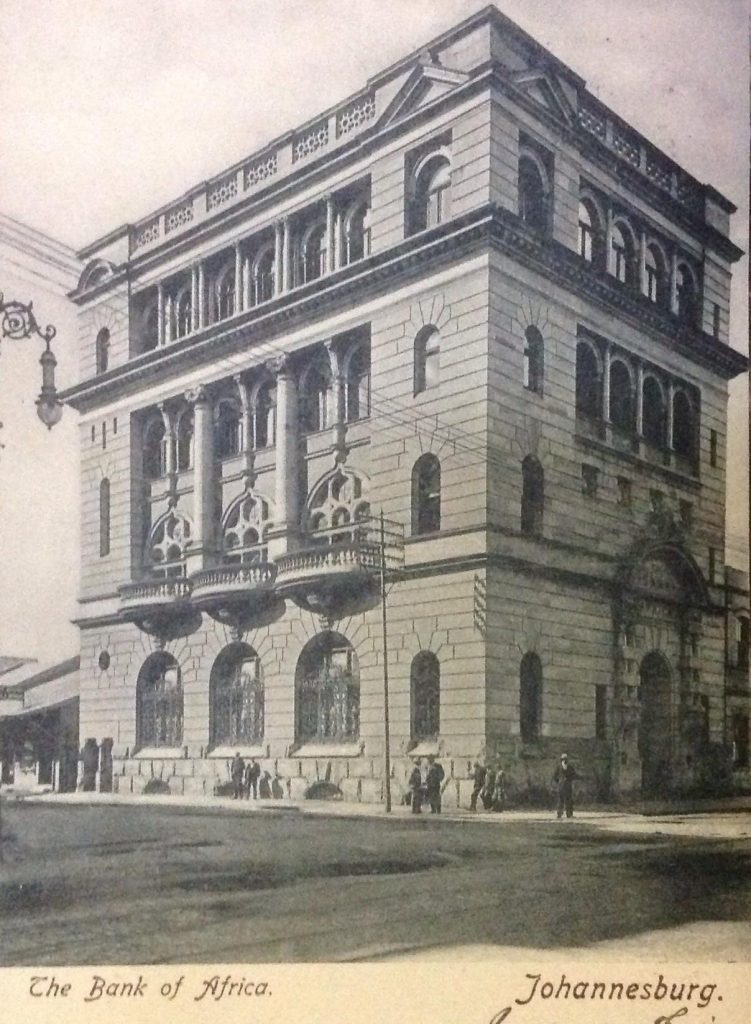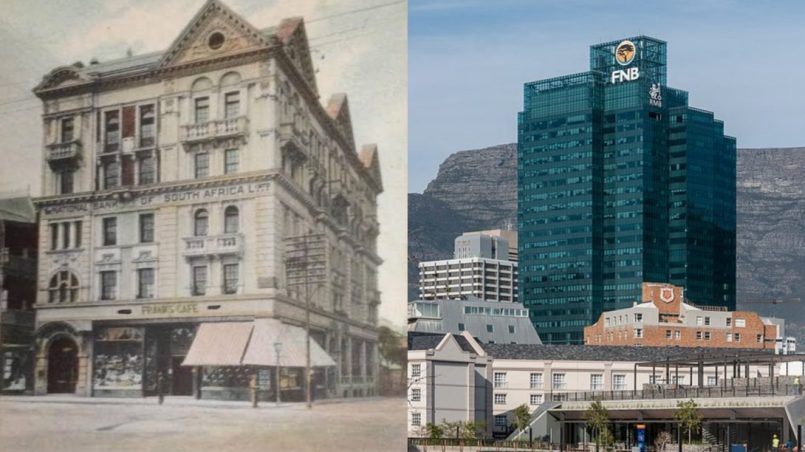A year ago, First National Bank popularly known as FNB, celebrated its 183rd birthday on the 15th of December 2021. What makes this particularly significant is that the FNB storyline runs in parallel with the history of South Africa as a country.

FNB came about following a complex tapestry of acquisitions and mergers to become this well-established bank that it is today. The journey certainly had its ups and downs but in the end, the bank managed to stand the test of time.
BACKGROUND

The oldest bank in South Africa traces its roots back to the Eastern Cape. Following the growth within the province, with Grahamstown as the main settlement in the region, the Eastern Province Bank was established in 1838, focusing mostly on financing the wool industry following the wool export boom in the region.
By 1874, the bank had 4 branches – at Grahamstown, Cradock, Middelburg, and Queenstown. Due to a global financial crisis, the bank was bought out in 1874 by the Oriental Bank Corporation(OBC).
During that time, OBC had also incorporated other smaller banks at the time (such as the South African Central Bank, Port Elizabeth Bank, and Fauresmith Bank – By 1875, the OBC had around 8 branches in the country.
In 1879, as a result of the financial difficulties being experienced by its parent company in India, OBC decided to withdraw from South Africa, and thus the Bank of Africa was formed in the same year to take over OBC’s business in the country by forking out £31 000 for the business and premises of OBC.
At about the same time following the discovery of gold in Witwatersrand Barberton, the South African government decided to create a commercial local bank through a concession agreement.
The main task of the bank was to focus primarily on financing agricultural development. In 1891, the National Bank of the South African Republic Limited was registered officially in Pretoria, and opened for business on the 5th of April.
Following the conclusion of the 2nd Anglo-Boer War in 1902, the name of the bank was changed to the National Bank of South Africa Limited.
Due to another financial crisis, the Bank of Africa was bought out by the National Bank in 1912, which had already bought out 2 banks: the National Bank of the Orange River Colony in 1910, and The Natal Bank in 1914.
By this time, the National Bank was now one of the largest and strongest banks in South Africa.
However, in the early 1920s, the National Bank was suffering from heavy losses and bad debt. It was consequently merged with the Colonial Bank, and Anglo-Egyptian Bank in 1925 to form Barclays Bank.
In 1971, Barclays restructured its operation and its South Africa section was renamed to Barclays National Bank Limited.
Due to a disinvestment campaign placed against South Africa because of its apartheid policies, Barclays reduced sold its shareholding stake in the bank in 1986. The bank was renamed to First National Bank of Southern Africa Limited in 1987, and became a wholly South African owned and controlled entity.
The financial services interests (which included their shareholding in First National Bank) of Rand Merchant Bank Holdings, and Anglo-American Corporation were merged to form FirstRand in 1998, which is listed on the JSE Securities Exchange.

As a result, FNB became a wholly owned subsidiary of FirstRand Limited; it currently trades as a division of FirstRand Bank Limited.



